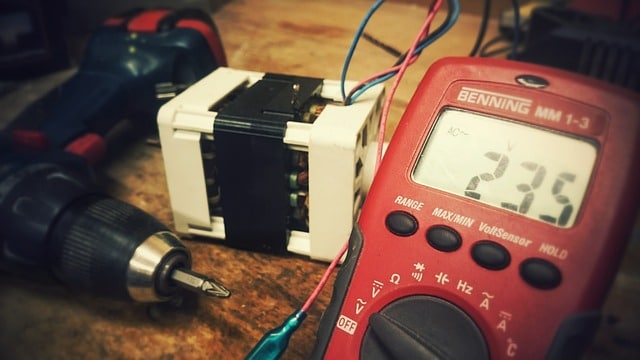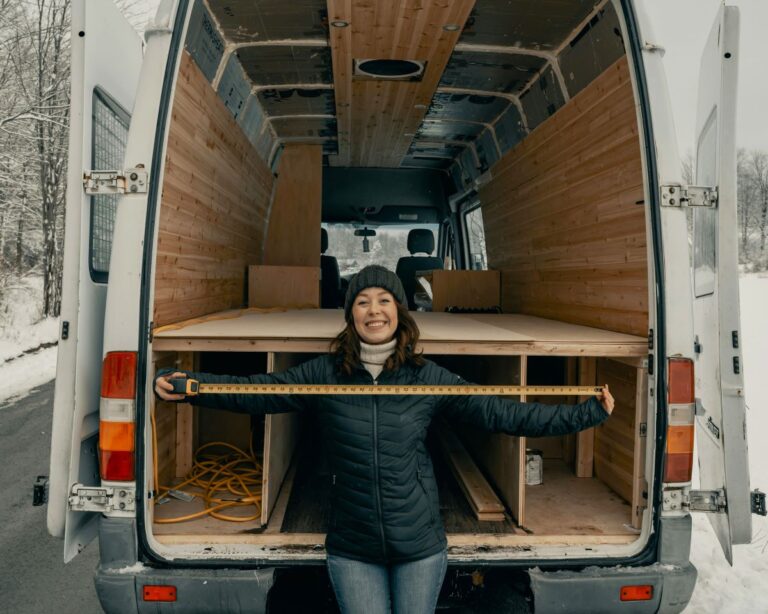Its a Great Time to Get into a Plumbing, Gasfitting or Drainlaying Career
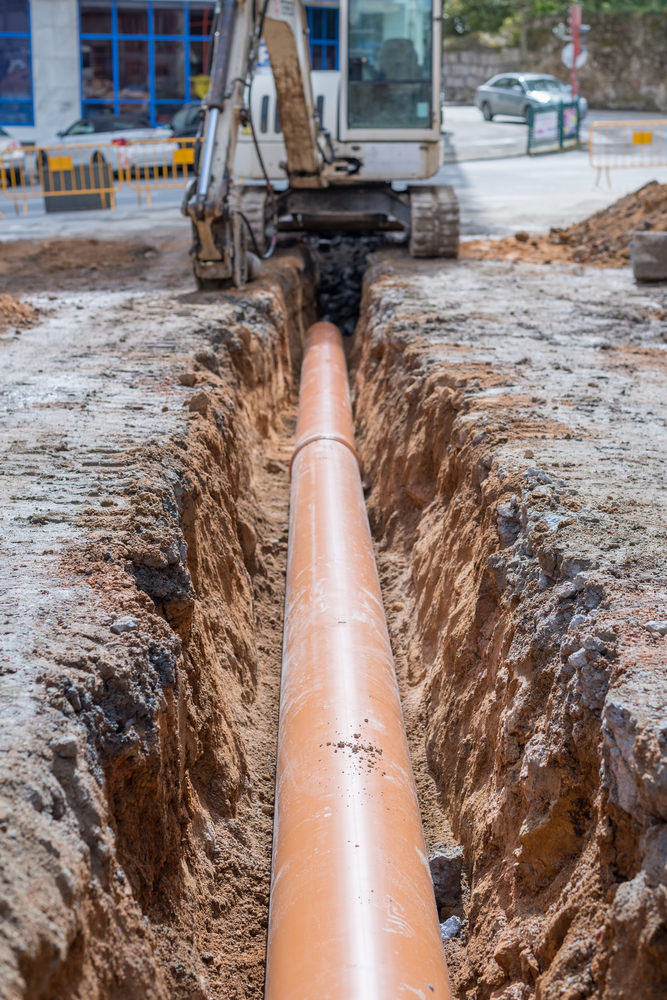
According to Masterlink, training as a plumber, gasfitter or drainlayer can lead to a great career with excellent earning potential in one of New Zealand’s highest paying trades.
Masterlink is New Zealand’s only national mentored apprenticeship programme specialising in plumbing, gasfitting and drainlaying. They have been going for almost 20 years now, and are owned by Master Plumbers.
They go on to say that new technologies and processes mean plumbing is no longer all about getting your hands dirty. It is highly skilled, varied, profitable and rewarding.
It’s a future proof career too. Qualified plumbers are needed everywhere by everyone. They are in demand now and more will be needed to rebuild our economy following COVID-19.
What is involved?
Plumbers, gasfitters and drainlayers assemble, install and repair pipes, drains and fixtures and fittings that supply water and gas or remove waste.
So what’s the difference?
Plumber Duties & Responsibilities
The Balance Careers state that Plumbers install and repair pipes that supply water and gas to, as well as carry waste away from, homes and businesses and even high-rise buildings. They also install plumbing fixtures such as bathtubs, sinks, and toilets, and appliances, including dishwashers and washing machines.
Experienced plumbers train apprentices and supervise helpers. They work alongside other construction workers.
Plumbers must be able to perform the following tasks:
- Install pipes and plumbing fixtures
- Visually inspect equipment and operate test equipment such as pressure and vacuum gauges to determine the cause and location of trouble.
- Clear obstructions from sink drains and toilets
- Troubleshoot problems and decide how to fix them
- Repair pipes and plumbing fixtures
- Estimate costs of installations and repairs
- Present recommendations and related pricing to customers
- Plumbers must be capable of performing these tasks to ensure the proper functioning of properties’ plumbing systems.
What do gasfitters do?
Gasfitting is a versatile trade that can take you all over the world. Skills NZ suggest their work includes anything to do with gas, which could be:
- Installing boiler systems in industrial buildings
- Installing gas stoves and heating appliances in residential homes
- Installing gas systems on food trucks, caravans, or boats
- Installing gas cooking appliances in cafes and restaurants
- Installing pipework in homes and businesses.
What is Drainlaying?
New Zealand Plumbers, Drainlayers & Gasfitters describe drain laying as any work involving the installation, alteration or repairs to a drain, including the fixing or unfixing of a drain to an onsite wastewater system (septic tank) or any trap.
Fox Drainage in Auckland break drain laying down into the following categories:
- Residential Drainlaying – house drainlaying for new housing, diagnostics, drain inspection, alterations, additions, detention tanks, soak holes, channel drains and lawn drains.
- Public Drainage – public drain extensions, subdividing sections, manholes, cesspits, and water course piping.
- Commercial Drainlayers – drainlaying for carparks, apartment blocks, factories, restaurants, schools and sports fields.
- Landscape Drainage – drainage planning and landscape drain installation.
- Consultancy for Drainage – working with designers, architects, project managers, surveyors and homeowners to help with achieving cost-effective workable drainage solutions
- Sections Subdivisions – diagnostics, drain extensions, manholes, maintenance, and water course piping.
- Stormwater management -drainage solutions for new or existing residential and commercial developments

If you ask consumers, there are never enough of these tradies when you need them. Talk to the tradies themselves and they are crying out for staff.
The need for more plumbers, gasfitters and drainlayers is confirmed by the Ministry of Business, Innovation and Employment (MBIE). They have said that demand is growing and is likely to be moderate to strong over the short to medium term.
Unitec, New Zealand’s largest institute of technology based in Auckland, says that there is an abundance of work for plumbers, gasfitters and drainlayers in New Zealand, with great job opportunities and the potential to earn good money.
It has been noted, though, that electricians in Christchurch appeared to have a better supply..
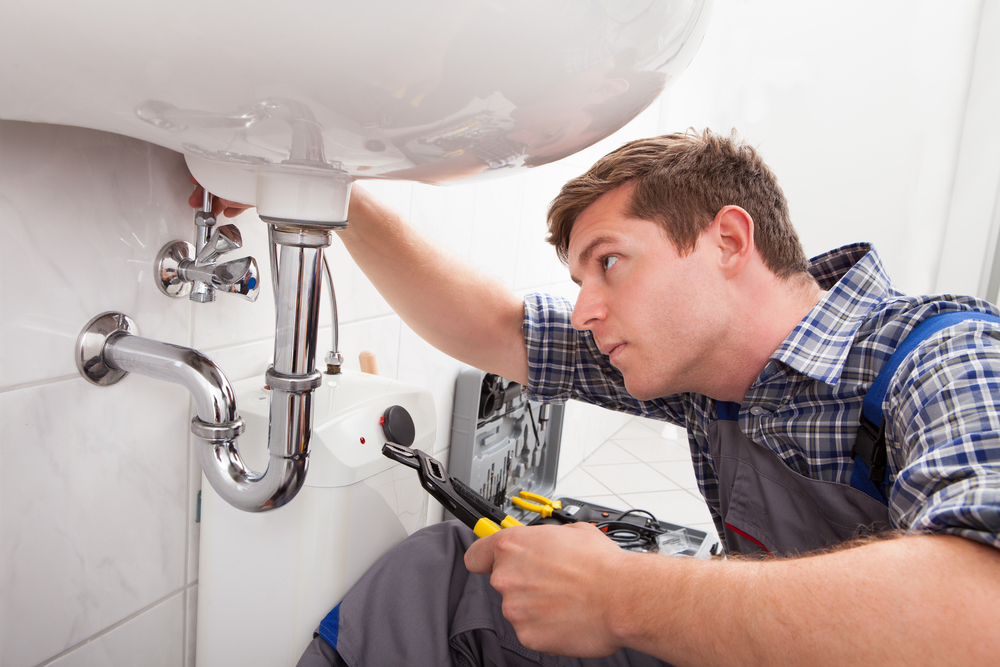
Wintec in Hamilton agrees, stating that there is there is strong demand for plumbers, gasfitters and drainlayers. In their view, opportunities for plumbers, gasfitters and drain layers are good due to:
- a lack of apprentices training in these areas
- moderate growth in construction predicted to extend until at least the end of 2023, meaning more building work
- The government’s KiwiBuild programme, involving the building of quality affordable homes over the next decade
- building work is needed to upgrade leaky homes and earthquake-prone buildings.
Wintec goes on to say that, although over 8,000 people work as plumbers, gasfitters and drainlayers in New Zealand, there are not enough to meet demand.
As a result, plumber, drainlayer and roof plumber appear on Immigration New Zealand’s construction and infrastructure skill shortage list. This means the Government is actively encouraging skilled plumbers and drainlayers from overseas to work in New Zealand.
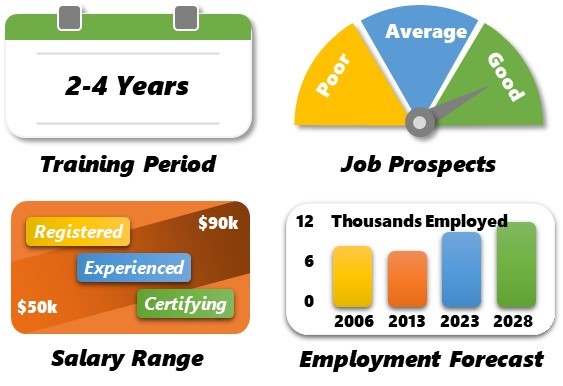
Not just for school leavers
Masterlink says that plenty of people are entering their trade with a variety of work experience under their belt. Plumbing businesses value the commitment, communication and customer service skills that mature apprentices often possess.
Age is no barrier to achieving excellence. The average age of a Masterlink apprentice is 24 years old, but ranges from 16 to 46. They welcome male and female applicants from diverse backgrounds and cultures.
Budget 2020 announced that the first two years of a trade apprenticeship will be fees-free for all new applicants—not just school leavers. And the Apprenticeship Boost initiative is supporting employers to take on new apprentices and retain them.
Most plumbers and gasfitters run their own business
MBIE state that after finishing their apprenticeships, and after gaining several years of experience, many plumbers start their own business and start training their own apprentices.
Wintec suggests that about 90% of plumbers and gasfitters are self-employed or work for small companies with up to five employees.
However, only about half of drainlayers are self-employed. Others work for small to medium-sized businesses that employ between one and 20 staff.
From Careers.Govt.NZ
Careers NZ provide the following useful information about PGD careers. You can read the whole item here.
What you will do
Plumbers, gasfitters and drain layers may do some or all of the following:
- measure, cut and shape pipes
- install, join and seal pipes and fittings
- normal and mains pressure hot water cylinder installation
- maintain hot water and heating systems such as hot water tanks, central heating, gas heaters and heat pumps
- lay or repair drains, and get consent from local councils to do the work
- install and repair roofing pipes, spouting and guttering
- replace or repair damaged or blocked water, sewerage and gas pipes
- install fixtures such as gas stoves, toilets, basins, septic tanks and air-conditioning systems
- run their own business.
Skills and knowledge
Plumbers, gasfitters and drainlayers need to have:
- knowledge of plumbing and drainage materials and methods
- skill in interpreting designs, plans and instructions
- knowledge of building and safety regulations
- knowledge of the Building Code in relation to plumbing, gasfitting and drainage
- soldering and welding skills
- some knowledge of electrical systems.
Plumbers, gasfitters and drainlayers who are self-employed also need business skills.
Working conditions
Plumbers, gasfitters and drainlayers:
- usually work regular business hours but may be required to work evenings and weekends or be on call
- work in homes, offices, commercial and industrial buildings, schools, hospitals, and on building sites and farms
- may work outdoors in all weathers and in conditions that can be dirty, messy, smelly, cold, wet, hot or confined
- travel locally to job sites.
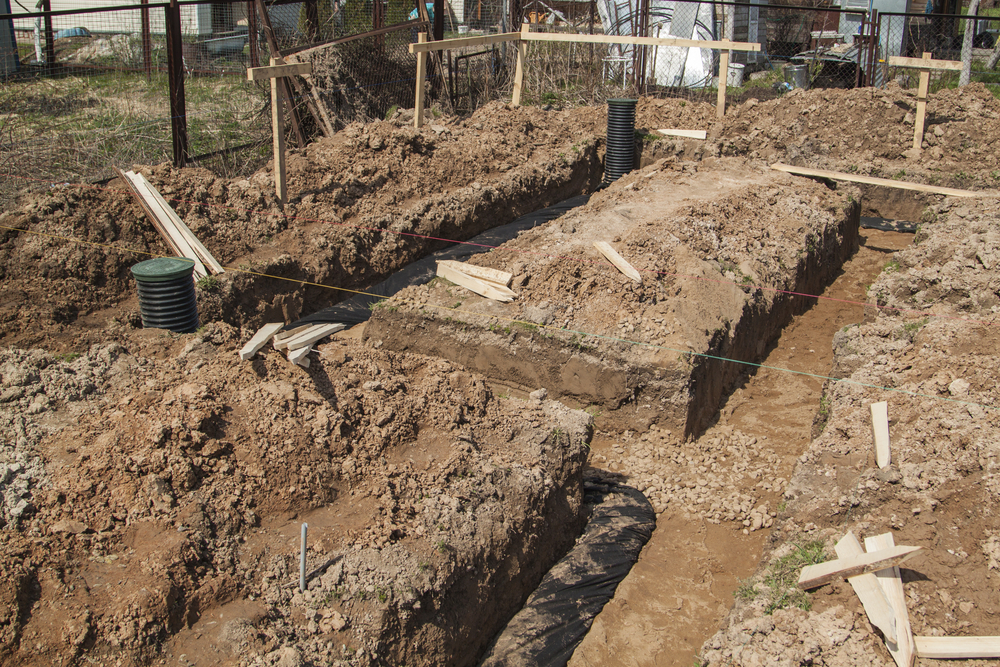
Entry requirements
To become a plumber, gasfitter or drainlayer, you need to:
- complete an apprenticeship and gain a New Zealand Certificate (Level 4) in plumbing and gasfitting or drain laying
- be registered with the Plumbers, Gasfitters and Drainlayers Board.
A driver’s licence is also useful.
The Skills Organisation oversees plumber, gasfitter and drainlayer apprenticeships. ATT and Masterlink employ, train and place apprentices.
Personal requirements
Plumbers, gasfitters and drainlayers need to be:
- patient and accurate, with an eye for detail
- safety-conscious
- skilled in using and caring for equipment
- good communicators
- organised, able to follow instructions and skilled at problem-solving
- able to work independently or in a team.
Physical requirements
Plumbers, gasfitters and drainlayers need to be fit, healthy and reasonably strong, as some lifting is involved. They need to be comfortable working at heights or in small, confined spaces.
Find out more about training
- ATT
- 0800 187 878 – www.att.org.nz
- Masterlink
- 0800 502 102 – www.masterlink.co.nz
- Unitec
- 0800 109 510 – https://www.unitec.ac.nz/
- Wintec
- 0800 294 6832 – https://www.wintec.ac.nz/
-
- Plumbers, Gasfitters and Drainlayers Board
- 0800 743 262 – registrar@pgdb.co.nz – www.pgdb.co.nz
- The Skills Organisation
- 0508 754 557 – www.skills.org.nz
Get your business noticed by creating an online directory listing. Listings are FREE and you can create as many as you need.
- Get found by locals

